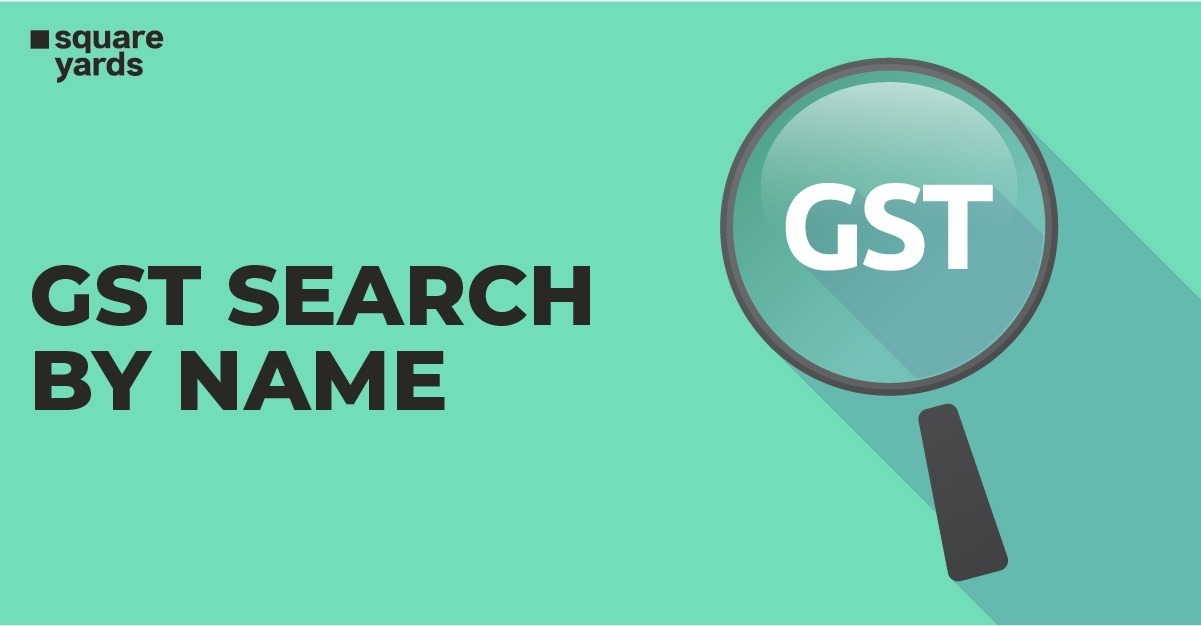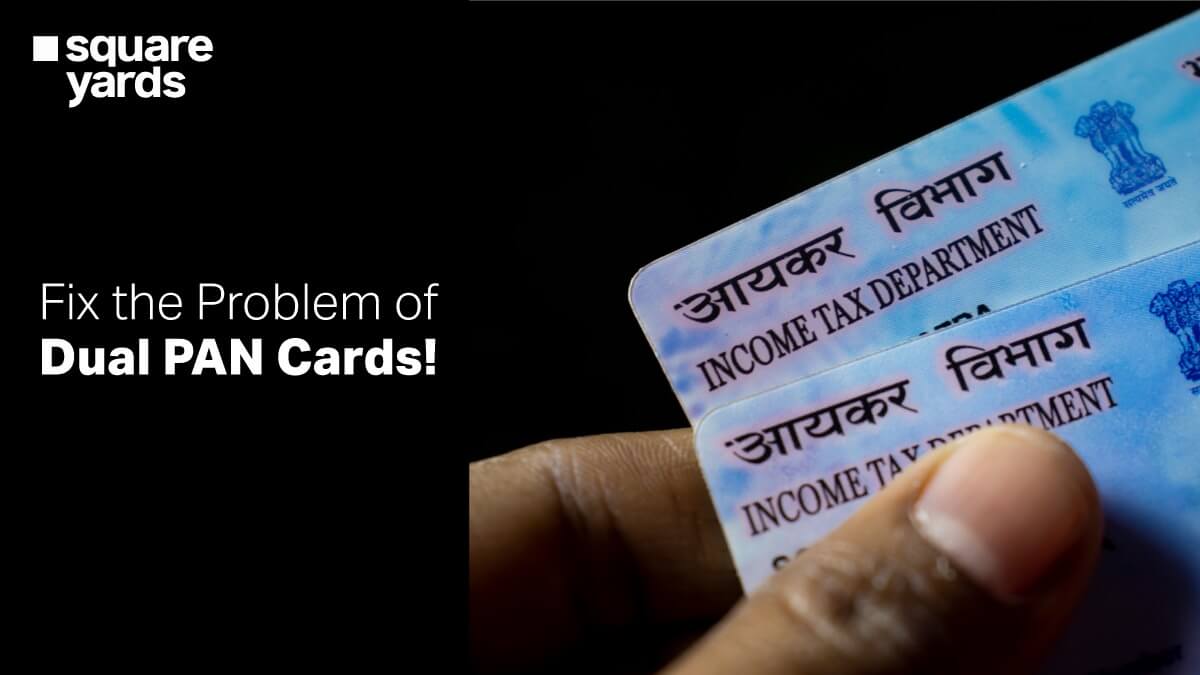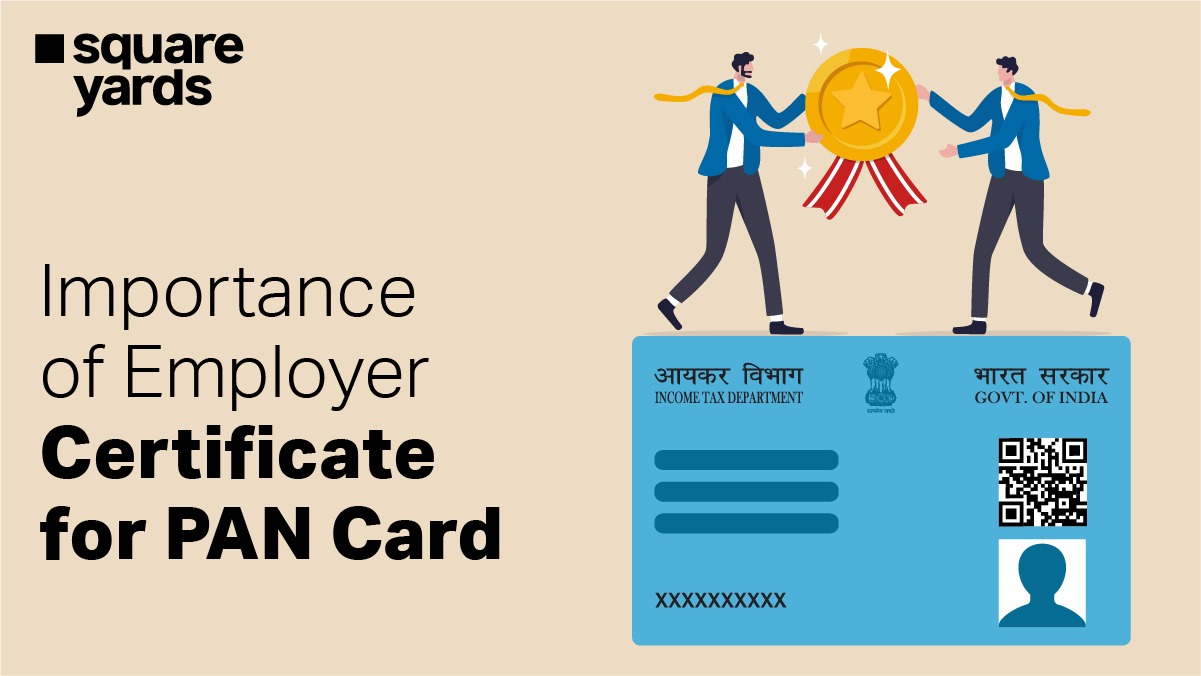Income Tax Return (ITR) is a type of form used to declare an individual’s net tax liability, make claims for tax deductions, as well as report the total taxable income. It is a mandatory form that needs to be filed by individuals who draw a certain amount of money as earnings in business or employment. Firms and companies, self-employed and salaried individuals, and HUFs (Hindu Undivided Families) must file an ITR form to the Income Tax Department of India.
Filing an ITR is a procedure in which the taxpayer has to file a report for the gross income that has been earned by them during the financial year. Anyone can file their ITR easily on the official portal of the Income Tax Department. The Income Tax department has a set of seven different forms, namely ITR 1, ITR 2, ITR 3, ITR 4, ITR 5, ITR 6, and ITR 7.
Table of contents
- Who Can File ITR – Eligibility to File Income Tax Returns
- Why Should You File Income Tax Return India?
- How to Download an ITR Form?
- Which ITR Form Should You File?
- Documents Required to File Income Tax Returns
- How to File An ITR for AY 2024-25?
- How to File An ITR without Form 16?
- Penalty for Late ITR Filing
- Frequently Asked Questions (FAQs)
Who Can File ITR – Eligibility to File Income Tax Returns
It is mandatory for individuals in India to file income tax returns. However, there are certain eligibility standards that should be kept in mind for a timely ITR filing.
Here are the ITR filing eligibility criteria. If you meet the following criteria, then you must file Income Tax Return:
- Companies or firms, irrespective of the revenue generated profit/loss made during the financial year.
- Individuals who come within the particular tax slab.
- If one wants to claim a tax refund.
- If any loss within a head of income is required to be taken forward.
- If a resident of India owns an asset or has any financial role in any article located outside the country.
- If a resident of India is a signing authority for a foreign account.
- If one takes income that has stemmed from the property held under a trust for charitable/ religious reasons or news agency or any political party/ a research association/ educational institution or medical institution, a not for profit university, trade union, educational institution, infrastructure debt fund, a hospital, body or trust or any authority.
- If one applies for a loan/visa.
- If an NRI draws all or any of his or her income from the sources in India, then that income becomes liable to be treated as taxable in India. Additionally, the income tax return for such income will be required.
Here are the following cases that will demand an e-filing of Income Tax Returns:
- If a refund is needed.
- If the gross annual income of an individual is more than Rs. 5,00,000.
- In case there is a requirement for an income tax refund.
- It is mandatory to file ITR 3, ITR 4, ITR 5, ITR 6 and ITR 7.
Why Should You File Income Tax Return India?
In accordance with the Income Tax Act of 1961, ITR return filing is optional for certain types of taxpayers, while it is mandatory for others. However, it is advised that you file your returns, regardless of what category you fall under as it bears 5 major benefits as follows.
- The timely filing of ITR return for a financial year enables you to carry forward the losses from the current year to the next financial year.
- Filing income tax returns makes loan processing faster and easier.
- You can claim any TDS refunds during the time of ITR filing.
- Regular ITR filings can help you with credit card and visa applications.
- It contributes to nation-building as the income tax paid by you is used for the development and maintenance of the country.
How to Download an ITR Form?
You can download the Income Tax Returns form simply from the official portal of the income tax department online. This portal can also be used to e-file income tax return. Here are the steps to download the ITR forms from the ITD portal:
- Step 1: Visit the official ITD (Income Tax Department of India) website.
- Step 2: In the menu bar on the portal’s home page, click on the “Forms/Downloads” option and move on to the “Income Tax Returns” menu.
- Step 3: Once redirected to a new webpage, you will be able to view a list of all the types of ITR forms. Then, all you need to do is click on the “PDF” option next to the desired form and download them.
Which ITR Form Should You File?
Since there are seven types of Income Tax Returns, you must be wondering which ITR form to file to e-file income tax return. Know that the form that has to be submitted will be determined by the type of income that is drawn by you. Each ITR form to be filled is different based on the income type.
Let us now take a look at the different ITR form types and in which scenarios they are applicable:
- ITR Form 1: ITR-1 is a form that is used by individuals generating an annual income that is less than Rs.50 lacs through salary or pension that is via only one house property.
- ITR Form 2: The ITR-2 form is used by the directors of companies, shareholders of private companies, NRIs or Non-Resident Indians, or individuals who draw their income via capital gains from two or more house properties and foreign sources. However, the individual’s income should not be less than Rs 50 lakh.
- ITR Form 3: The ITR-3 form is to be used by those who are professionals or run a proprietorship in India.
- ITR Form 4: Individuals who come under the “presumptive taxation scheme” use this ITR form. Individuals filing this ITR form must earn income, that is, less than Rs.50 lakh, in case of a professional income or less than Rs.2 crore in case of business income to join this scheme.
- ITR Form 5: This type of ITR form is used by Limited Liability Partnerships (LLPs), associations, and bodies of individuals as well as partnership firms to report income and tax computation.
- ITR Form 6: ITR-6 is to be used by the companies that are registered in the country.
- ITR Form 7: ITR-7 is used when entities are making claims for an exemption. These entities could be scientific research institutions, universities or colleges, religious or charitable trusts, political parties.
These different types of Income Tax Return forms can be downloaded from the official Income Tax Department of India website.
Documents Required to File Income Tax Returns
In order to file IT returns online, you must submit the following documents:
- PAN Card
- Form 16A, 16B, 16C
- Form 26AS
- Salary Payslips
- Bank Statements
- Interest Certificates
- TDS Certificate
- Proof of Tax-Saving Investments
How to File An ITR for AY 2024-25?
To e-file income tax return, you can visit the official Income Tax Department website. The method for the online income tax return is easier and faster than the offline process. However, you must note that you need to register yourself before you move on to the ITR filing stage.
Here are the steps to file an ITR online:
Step 1: Visit the official website of Income Tax India eFiling.
Step 2: Now, click the “Login Here” button.
Step 3: Insert the username along with your password and captcha.
Step 4: Hit the “Login” button.
Step 5: Once logged in, choose the assessment year as well as the ITR form.
Step 6: On the next page, enter the required details. Make sure that you insert all the details and information following the provided guidelines to avoid mistakes.
Step 7: After that, click on the “Preview and Submit” button.
Step 8: In the next step, ensure the ITR details are verified. You can do this by using your Aadhaar number or the electronic verification code generated after you filled the form.
Step 9: You will receive an email as well as an SMS once the verification has been completed.
How to File An ITR without Form 16?
Yes, you can return file Income Tax without using Form 16. Follow the steps mentioned below to file ITR without a Form 16:
- Step 1: Determine the amount of income you have earned from all the sources combined. This would include salary or pension you earn, rent, any capital gain on the sales of your capital asset, the interest generated from your bank accounts and fixed deposits, etc.
- Step 2: Now, calculate your TDS (Tax Deducted at Source). You can do this with the help of Form 26AS which you can download from the official website of TRACES.
- Step 3: Next, calculate your TDS on income. In case you have HRA or House Rent Allowance in the breakup of your salary, calculate deduction on HRA. To do that, submit your rental receipts to the payroll department of your organization. If you have not submitted it already then you can claim it at the time of filing your returns.
- Step 4: Calculate the total income you earn for the financial year for which you will be filing your tax returns. The total income refers to the sum of all the income that has been received and the TDS deducted on that income.
- Step 5: You can move on to claim for deductions once you see that you are eligible for your investments as well as payments. This has to be done in the computation of the total taxable income you have. In the case of Provident Fund deductions, you will only be able to claim a deduction for your part of the contribution, not that of your employer’s.
- Step 6: Calculate your total taxable income by making deductions on the total deductions that are to be claimed from the amount total of your income earned.
- Step 7: Calculate the tax liability that you have for the year by applying the rates as per the tax slab which is to apply to you.
- Step 8: In this step, assess your payable tax amount. If the TDS deducted on your income counts below your tax liability, the tax which has to be paid by you will be the difference amount. If the TDS that has been deducted is more than your tax liability, then you can claim a refund at the time of filing IT returns.
Once you have been through performing the steps mentioned above, you can move ahead and file your Income Tax Returns.
Penalty for Late ITR Filing
If you fail to file Income Tax returns on or by the due date, then you will push yourself into paying hefty penalties. Not only that, failure to comply with the ITR deadline brings hassle and unwanted consequences, which you would not like to welcome. While it is determined by the date when the returns are finally filed, individuals have to face penalties ranging between Rs.1,000 and Rs.10,000.
You May Also Read
Frequently Asked Questions (FAQs)
What is a Self-Assessment Tax?
Self-assessment tax is a tax that has to be paid before they file their income tax return. Both TDS and advance tax is considered for self-assessment tax calculation.
What happens when you pay extra tax?
You can easily get a refund for the tax you have paid in excess. All you have to do is file the return of income. The Income Tax Department, then, will calculate and evaluate the taxable amount based on the information you have provided. If you are eligible for the tax refund, you will receive it in your bank account or through a cheque.
What if I don’t file an Income Tax Return?
Upon failure to file an ITR, you will end up facing prosecution, extra interest, and hefty penalties. The consequences depend on the amount of tax that must be paid.
What are the different return forms according to the Income Tax Law?
The different returns forms as per the Income Tax Act are ITR 1, ITR 2, ITR 3, ITR 4, ITR 5, ITR 6, and ITR7.
Should I attach any documents while filing my ITR?
No, you are not required to attach any documents while submitting your income tax return. However, it is advised that you keep all the documents handy, as and when required.
What is the difference between e-filing and e-payment?
E-filing is the process of electronically submitting the income tax returns. E-payment is the facility of making tax payments online using State Bank of India’s debit/credit card or net-banking facility.
My company deducts TDS. Do I still have to file my tax return?
Yes, you will still have to file an income tax return. TDS deduction and tax filing are two completely different things. A tax return is filed to indicate that you have paid all the necessary taxes. This is also a very important document while applying for a credit card or visa.
Is it necessary to file ITR even if I do not have a positive income during the financial year?
If you have incurred a loss in the financial year, the same can be carried forward to the next year by filing the ITR. The losses can be adjusted against the profit for the subsequent year. This can only be done if the taxpayer has submitted an ITR while claiming losses for the financial year.
Can someone file the income tax return on my behalf?
Your income tax returns can be filed by a chartered accountant or agencies that are dedicated to return filing. However, to safeguard yourself from fraudulent activities, it is advised that you do not grant anyone your PAN and password.
How is the excess tax refunded to me?
The excess tax amount paid is refunded to your bank account by means of ECS transfer.













































